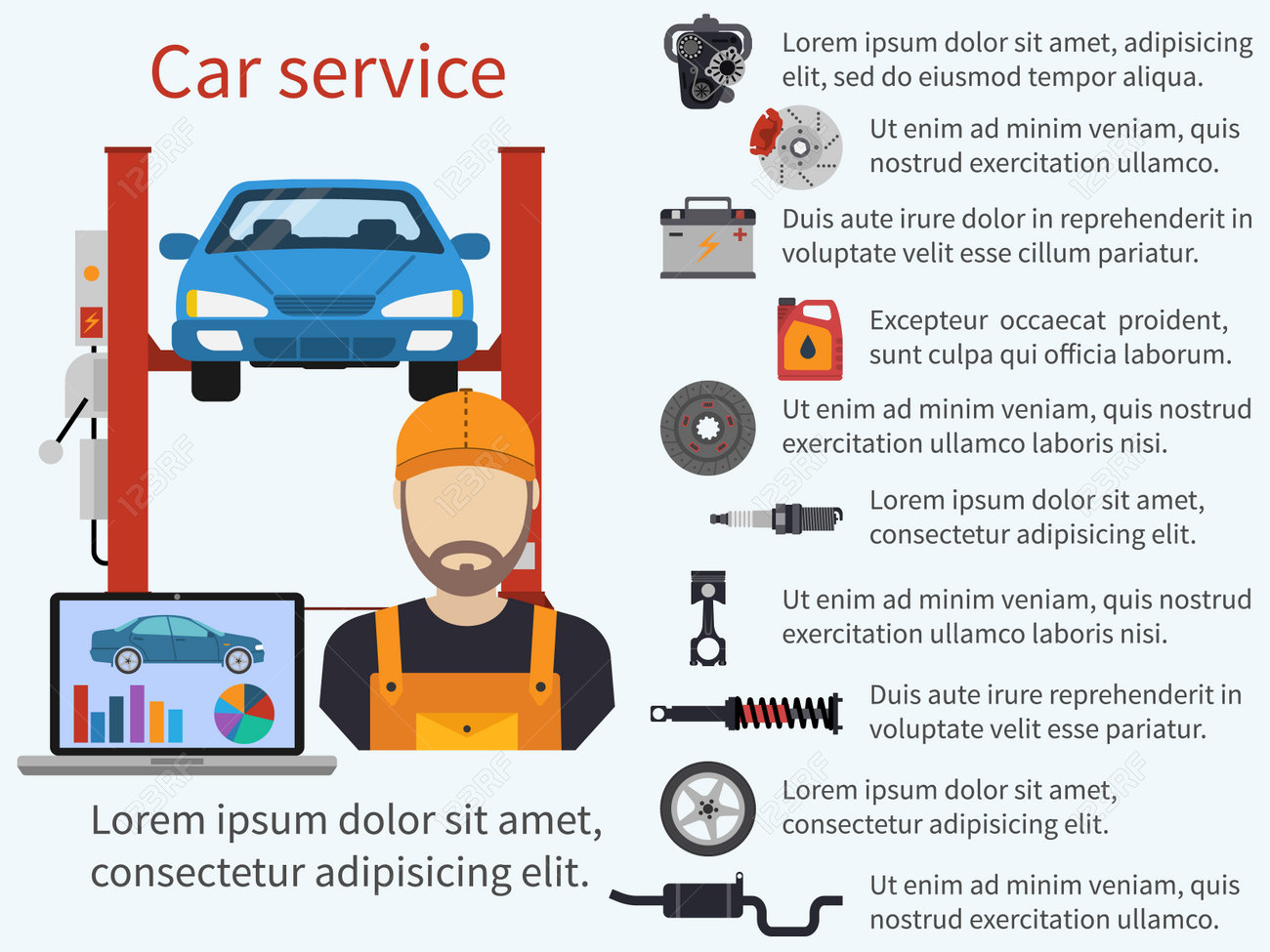Comprehending The Actual Ramifications Of Warning Indicators In Your Automobile
Comprehending The Actual Ramifications Of Warning Indicators In Your Automobile
Blog Article
Content Create By-Johannsen Ferguson
When you lag the wheel, those beautiful caution lights on your control panel can be a bit puzzling. Do you recognize what they're trying to tell you concerning your auto's wellness? Comprehending the relevance of these lights is crucial for your safety and security and the longevity of your automobile. So, the next time one of those lights appears, would not you intend to decipher its message properly and take the necessary steps to resolve it?
Common Caution Lighting and Interpretations
Identify common caution lights in your auto and understand their significances to make certain safe driving.
The most normal warning lights include the check engine light, which indicates problems with the engine or emissions system. If this light comes on, it's important to have your vehicle inspected quickly.
The oil pressure cautioning light indicates low oil stress, calling for prompt attention to prevent engine damages.
A blinking battery light may suggest a defective billing system, potentially leaving you stranded if not attended to.
The tire pressure surveillance system (TPMS) light notifies you to low tire pressure, impacting lorry security and gas effectiveness. Overlooking this could result in hazardous driving problems.
The abdominal muscle light indicates a problem with the anti-lock stopping system, compromising your ability to stop rapidly in emergencies.
Last but not least, the coolant temperature level advising light warns of engine overheating, which can result in severe damage otherwise fixed promptly.
Comprehending luxury car repair will help you resolve issues without delay and maintain secure driving problems.
Value of Prompt Focus
Comprehending the common warning lights in your cars and truck is only the very first step; the significance of quickly attending to these cautions can not be stressed enough to ensure your safety and security on the road.
When a warning light brightens on your dashboard, it's your auto's means of interacting a prospective concern that requires attention. Overlooking these cautions can result in much more severe troubles later on, compromising your security and potentially costing you a lot more in repairs.
linked internet site to warning lights can stop break downs and mishaps. For instance, a blinking check engine light can suggest a misfire that, if left ignored, could create damages to the catalytic converter. Resolving this immediately can conserve you from a costly repair work.
Similarly, a brake system advising light may indicate reduced brake fluid or used brake pads, vital components for your safety and security when driving.
DIY Troubleshooting Tips
If you observe a caution light on your dashboard, there are a few DIY troubleshooting suggestions you can attempt prior to seeking specialist help.
The initial step is to consult your auto's handbook to recognize what the specific warning light suggests. In some cases the concern can be as straightforward as a loosened gas cap activating the check engine light. Tightening the gas cap may solve the issue.
Another common concern is a low battery, which can activate various warning lights. Examining the battery links for deterioration and guaranteeing they're protected could take care of the problem.
If a warning light continues, you can attempt resetting it by detaching the car's battery for a few minutes and afterwards reconnecting it. Furthermore, checking your lorry's fluid levels, such as oil, coolant, and brake fluid, can assist troubleshoot advising lights connected to these systems.
Verdict
In conclusion, comprehending your automobile's caution lights is crucial for maintaining your vehicle running smoothly and safely. By promptly addressing these alerts and understanding what they indicate, you can avoid costly fixings and potential breakdowns.
Keep in mind to consult your vehicle's guidebook for particular details on each cautioning light and take action accordingly to guarantee a hassle-free driving experience.
Keep notified, remain safe when traveling!
